One of the most indigenous experiences you can live in Pedasí is a mud gathering (junta de embarra). Traditionally this is how houses were built in the interior of Panama. With modernism, this way of building homes was forgotten.
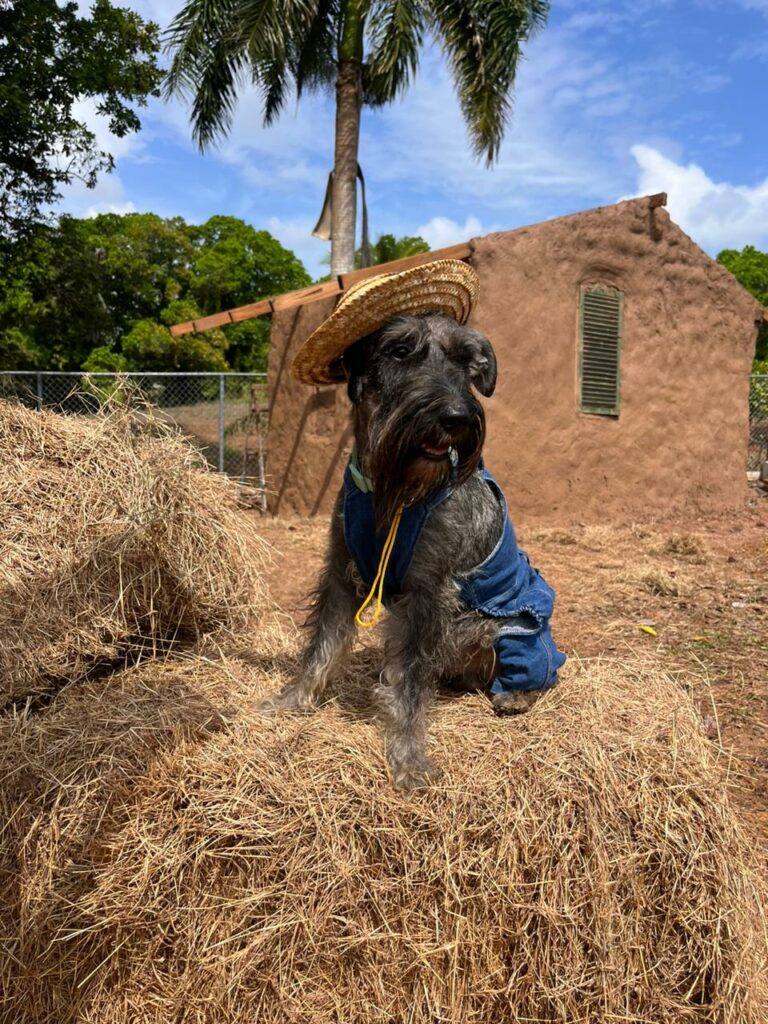
The Municipality of Pedasi in conjunction with the Pedasi Chamber of Tourism are seeking to revive the tradition by hosting several mud gatherings throughout the year. The first of the year will be the day before the Mil Polleras Parade in Las Tablas. Contact us for specific dates and hotel in Pedasi.
Booking.comAt one point there was a festival called BarroFest that requested the inscription of the mud gathering tradition to UNESCO’s Urgent Safeguarding List of Intangible Cultural Heritage. There is still no response from the entity. Other local activities such as Corpus Christi in Panama are already recognized by UNESCO.
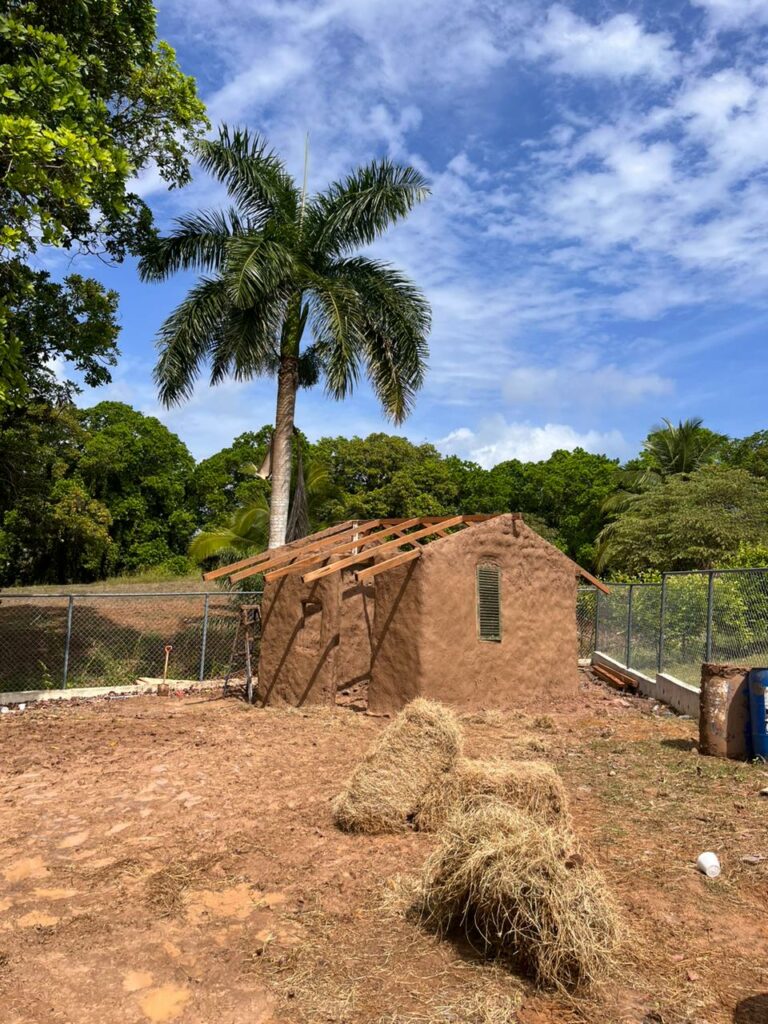
What is an Mud Gathering in Panama?
A mud gathering is a Panamanian tradition that dates back to the colonial era. The idea is for the community to participate in the construction of a house for a new marriage or the expansion of an existing home. This activity can last a day or more depending on the size of the house. Traditionally, the owners of the house were paraded sitting on stools (leather chairs) throughout the house for its housewarming.
The organizers of the mud gathering must compensate the neighbors who help and make sure they have a good time while working. Food is provided for participants. For breakfast, liver or steak with onions, fried or stewed meat with grilled tortilla, yucca, or corn buns are served. Lunch is usually a sancocho (Panamanian chicken soup) or beef soup made over wood with corn and rice. You can also do a slaughter where a pig or a cow is cooked to feed the participants.
To drink there is usually liquor such as beers and Seco Herrerano, drank from the bottle. This starts early. There is also strong chicha and chicha de junta for those who do not drink liquor.
A mud gathering is like a town party and no party can happen without music. Expect to hear the happy singing of the drums, the salomas and the peasants’ mejorana. The mud gathering usually starts in the morning and can go until dawn if there are lights.
Those who participate in a mud gathering should wear clothing that can get dirty. It’s very difficult to go to one of these gatherings and not get covered in mud. Participants must step on the wet mud, pick it up and spread it on the skeleton of the house. A human chain is made by joining the forearms of the participants who step on the mixture, making the clay and straw compact.


This activity is perfect for the whole family, including children who really enjoy playing in the mud. Be sure to bring towels for the return trip. The organizers have water so that participants can wash off the mud when they finish.
How do you build a Mud House?
The Spanish colonized the isthmus of Panama and founded several towns in the interior of the country. In the Azuero area you can see the influence of the era in most of the towns that are built around a plaza with a church.
Originally the houses were made with wooden walls and sometimes sugar cane leaves with thatched roofs. Then clay tiles began to be produced and the floors were made of dirt. Houses were also built with reed cane.
Building a mud (quincha) house usually involves a mud gathering, although it is not mandatory. The important thing is to build the house cage before the participants or contractors come. This framework or skeleton is made of cane or bamboo, wood and other plant fibers. It is best to select wood that is resistant to termites such as cedar, macano, corotú or mahogany which are local.
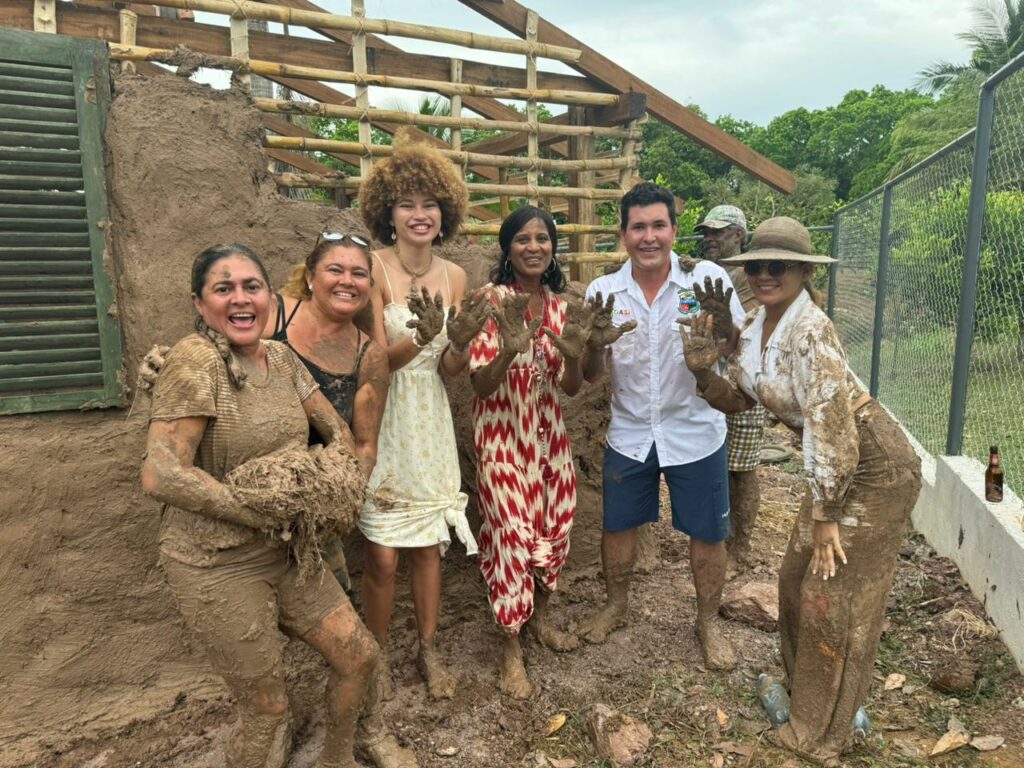

You must have mud, but it cannot be just any mud. The grass or straw is cut and soaked. The mixture for the walls is made from mud with straw or grass. The materials are put in a place where the mixture can be made. This mixture should be spread on the outside and inside of the house to prevent the mud from falling.
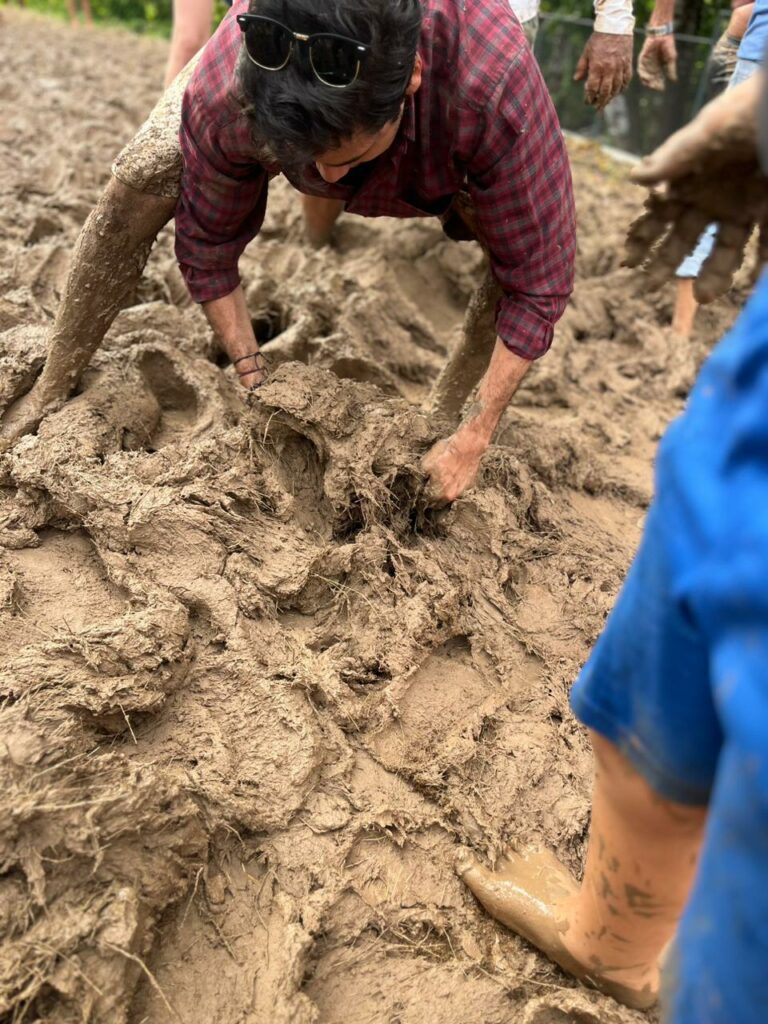
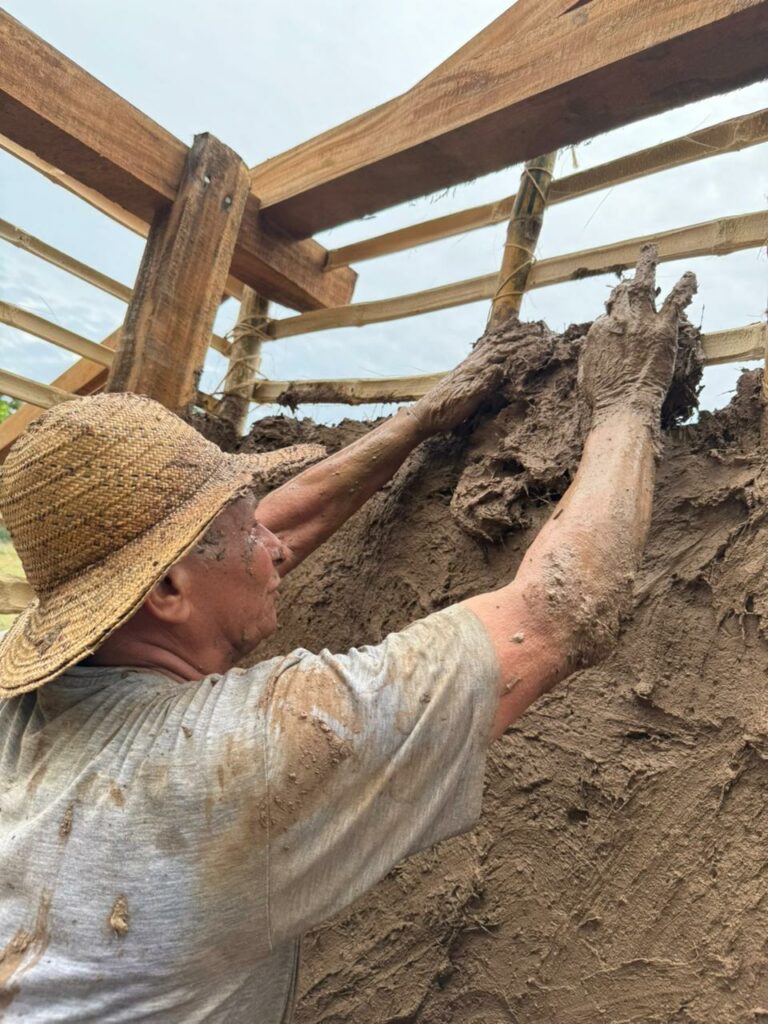
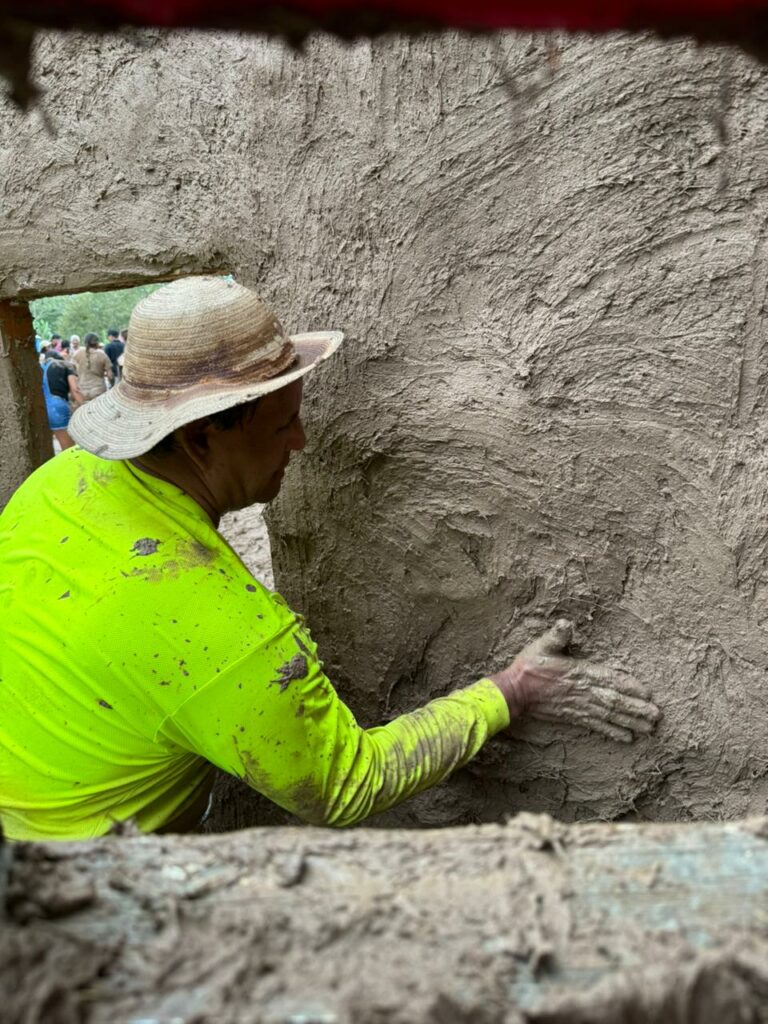
Surprisingly, quincha houses can last a long time. There are houses like El Bongo in Enea de Guarare that are more than 100 years old. They are resistant to fire, earthquakes and termites.
They can regulate temperature naturally, despite the heat of Azuero. The interior of a quincha house varies between 68 and 70 degrees, since the walls retain moisture and heat unlike concrete. Clay tiles on the roof circulate air efficiently, allowing the house to breathe.

